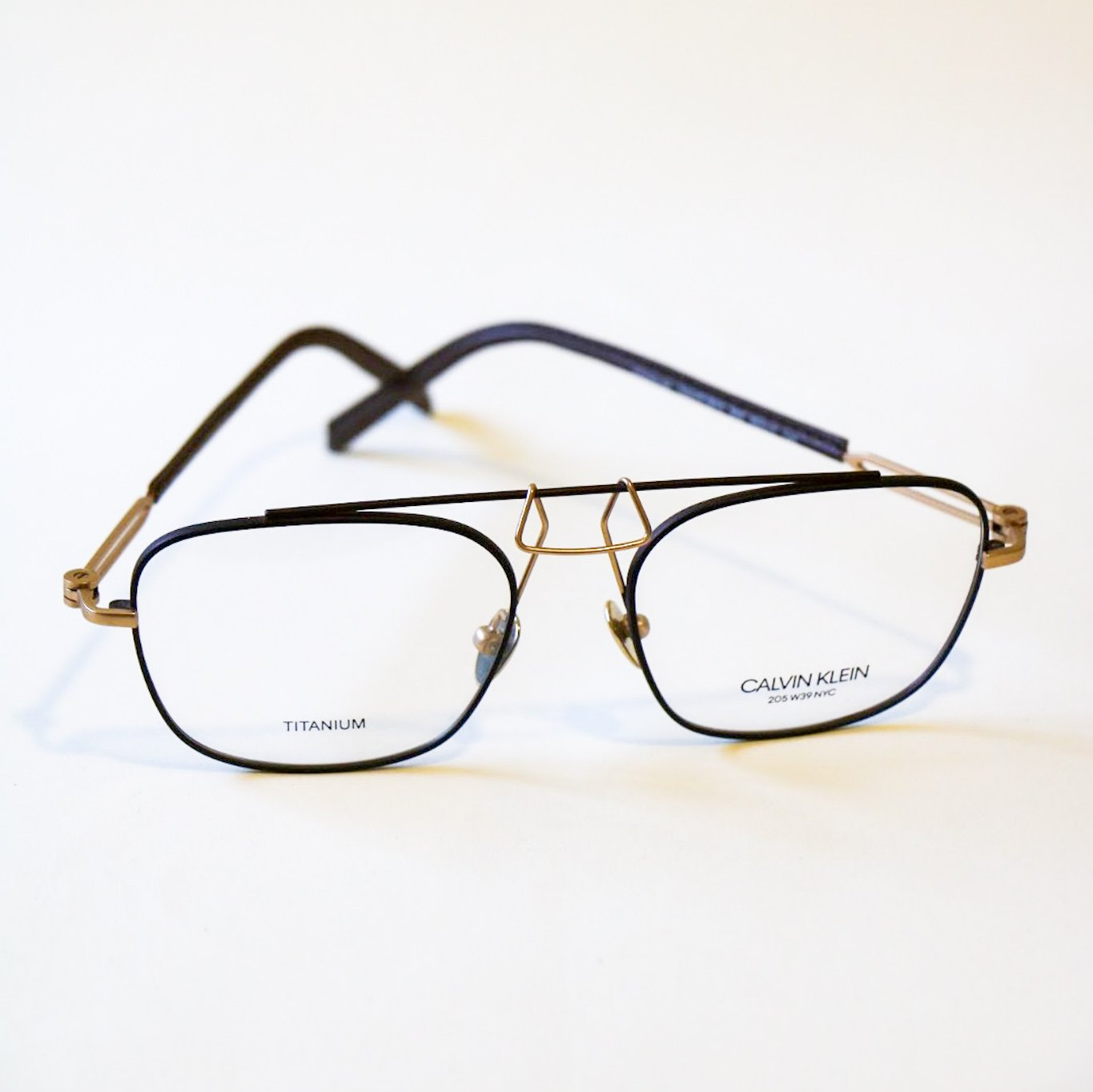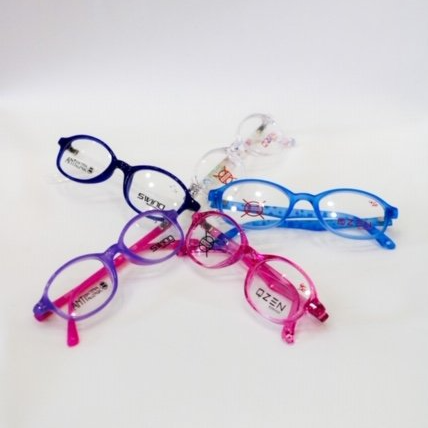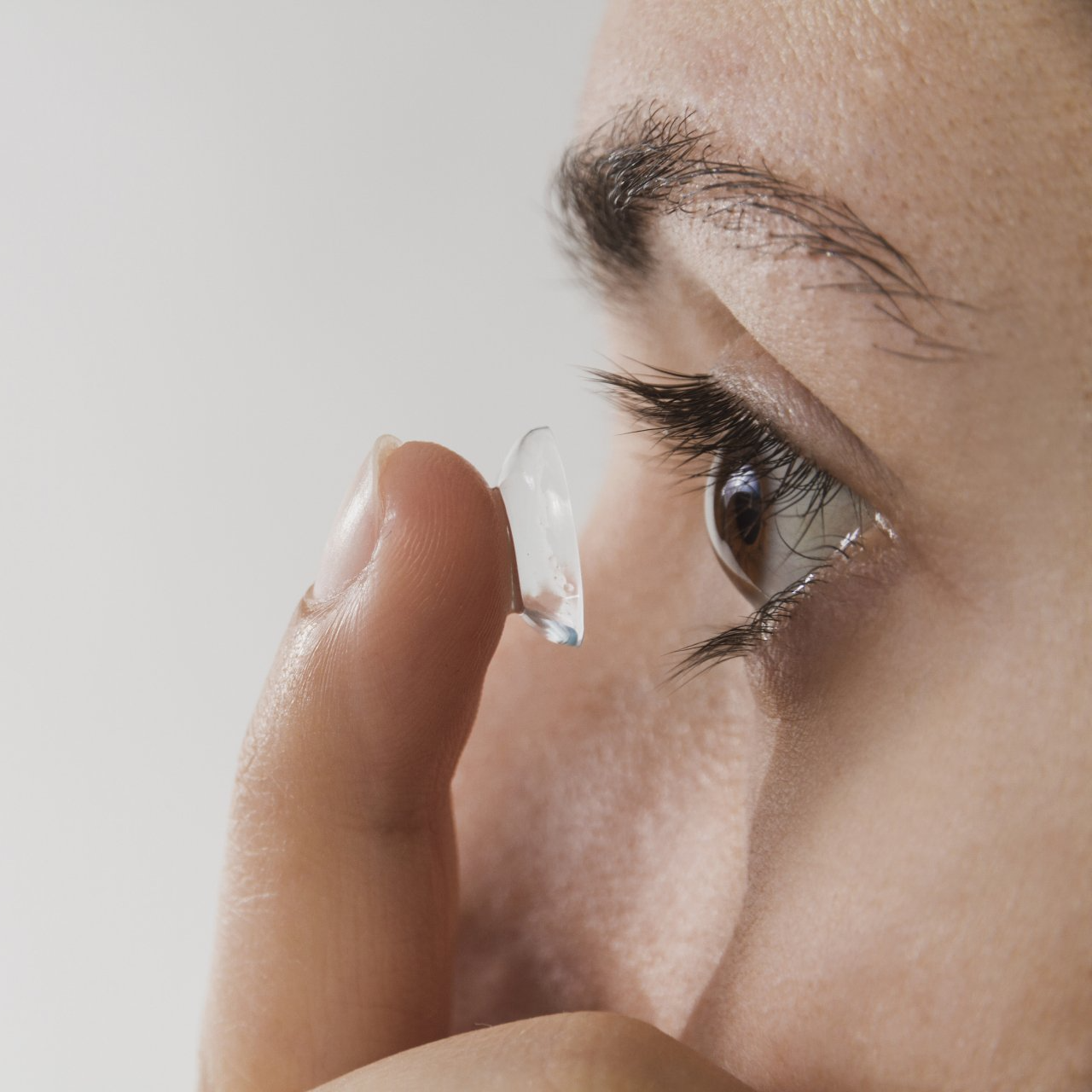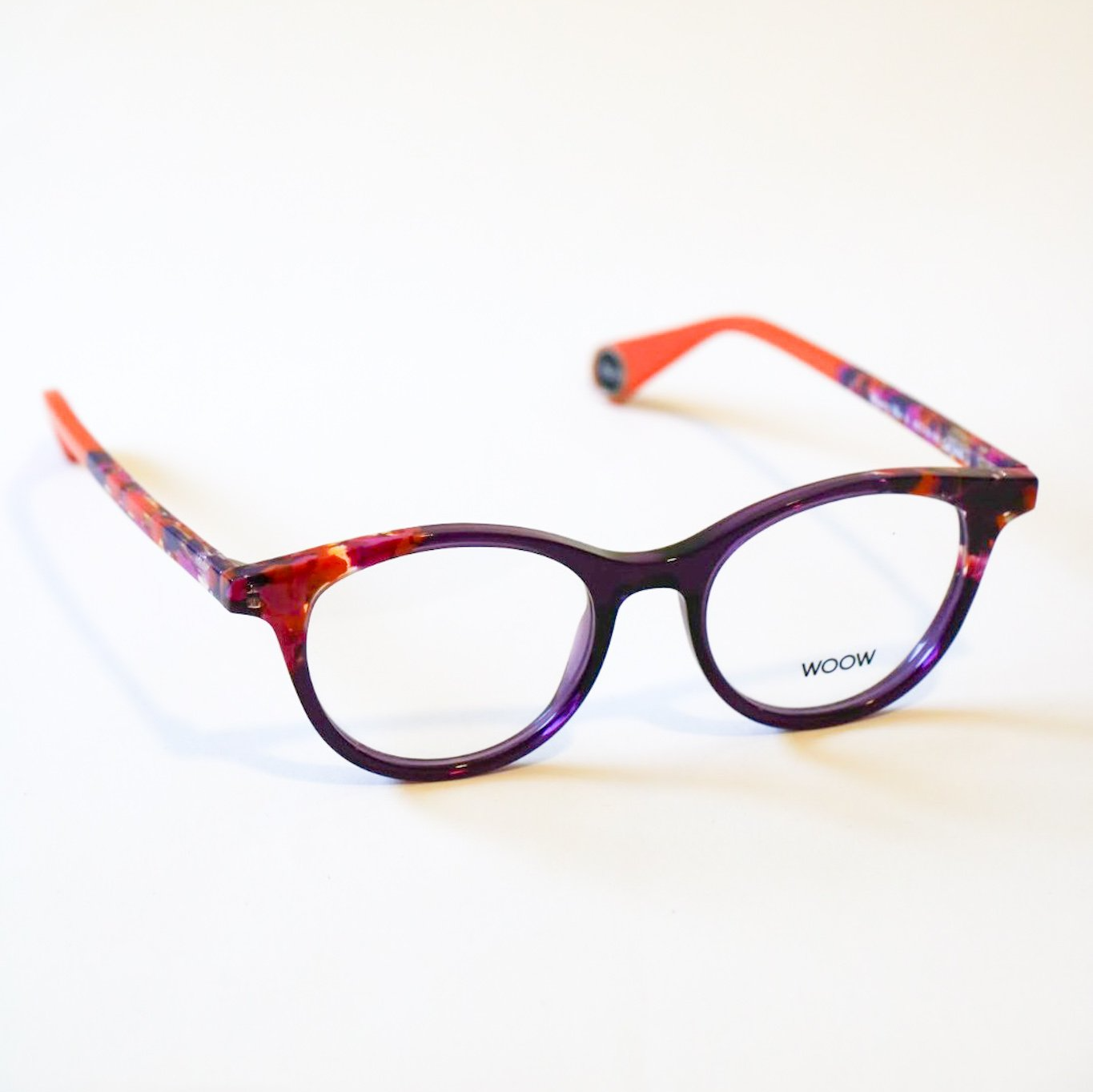Our Products
Office lenses
A large portion of society works in an office environment. Many hours spent in front of a computer screen, looking at papers and checking one's smart phone simultaneously has created a demand for specially manufactured lenses for comfortable vision at all these distances.
Office lenses are not meant for driving, watching television or other distant vision related activities.
They offer optimal vision at 40cm (reading distance) up to two to four meters, depending on the needed working distance.
With these lenses, one is able to look at their computer screen and will also be able to gaze above the screen and see their office or the person in front of them without needing to take off their glasses (as opposed to reading glasses).
There's always the option to upgrade the quality lens by adding a special coating which blocks the blue light rays transmitted by the computer screen.
Childrens glasses
Eye examinations for children are important and necessary. The first evaluation should be done by a children's ophthalmologist once a child turns one year.
In the case the first evaluation was normal, additional evaluations should be preformed around the age of three, six/before going into first grade.
Our visual system develops mostly during childhood. If a vision defect is found, it must be taken care of right away in order to prevent the development of amblyopia (a.k.a. lazy eye). This is why it is extremely important that the ophthalmologist's examination should include dilation drops.
Children's glasses and adult glasses are different for a few reasons:
-The bridge of the nose is still developing.
-The lens must cover the entire eye.
-It is recommended to choose round frames that cover from the eyebrows down to the cheeks in order to verify the child is always looking through no matter which direction of gaze.
-Glasses for children are comfortable and flexible and are usually more durable than glasses for adults. Sometimes, they can even include a band which hold the glasses in place and prevent slippage off the nose.
In some cases, an ophthalmologist may instruct a child to wear an eyepatch on the stronger in order to strengthen the weaker eye. We offer a variety of eyepatches in different sizes, types and colours.
Contact lenses
Who do they best suit?
People whose glasses annoy them
Anyone that plays sports
People with a high level of hygiene
It is important to clarify that contact lenses do not replace glasses, they are in addition to them.
More advantages include a larger visual field than glasses and they allow the users to wear non optical sunglasses.
Wearing contact lenses is simple however, one must initially go through an extensive eye examination that includes measurement of corneal curvature and wellness of the eye.
It is important to choose a properly fitting, combatable lens.
The patient must go through a short, yet informative training session before wearing contact lenses for the first time explaining everything there is to know about contact lenses, including putting them on, taking them off and cleaning them.
Not all contact lenses are the same. They differ in types of materials, oxygen permeability and water percentage.
Dailies- Easy to use and must be replaced every day. Because they are worn only once, there is no need to buy contact lens solution and other various cleaning items.
Monthlies- Must be replaced each month. They are the first choice of those who have astigmatism because they are thicker than dailies. Every night, after removing them, they must be cleaned thoroughly with the proper cleaning agent.
Specialized contact lenses- These are specially made for patients with non-standard corneas, high prescriptions and high cylinder (astigmatism).
Multifocals
Many people become anxious when multifocal lenses are recommended for the first time, though this is not necessarily justified.
What exactly are multifocals?
They are lenses which have multiple focal points, designed specially for the patient according to their exact size and needs. They are intended to aid those whose distance prescription is different when viewing a computer screen or while reading.
To whom do we recommend multifocals?
People who need more than one pair of glasses. Somebody, for example, who wants to combine their distance and reading glasses. This way, they are not burdened with the need of switching between each pair.
Multifocal lenses are usually a solution for those who are 40 and older, but not always. They can also assist a wide range of ages such as children. We advise the consideration of multifocals once reading becomes noticeably difficult.
It is crucial to examine the prescription for every distance, both near and far in order to create a unique lens for the patient that allows optimal vision at each focal point. In addition, it is important to find the most suitable area in the lens for distance and reading, location of the pupil, choose the proper field of vision in the lens, etc. Each pair of lenses can be properly fit to the frames of the customers choosing.
In terms of quality and level of technology, it's best to select a lens manufacturer who has a good name and is known for their higher standards.
Getting used to a new pair of multifocal glasses usually can take a few days. Like most new things, the brain needs time to adjust and learn exactly where and how to look through the various areas of the lens. In time, the response becomes automatic.





